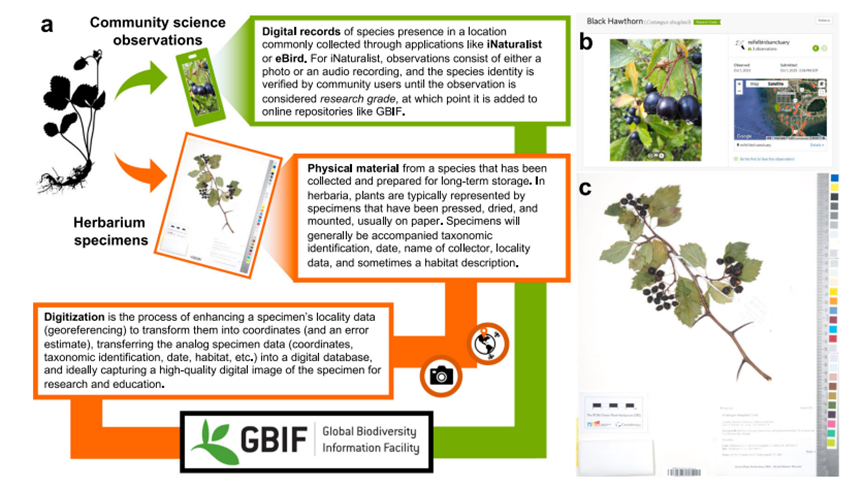
Pressed for time: Why do herbarium collections still matter in a digital world?
Plant Science Research WeeklyFor centuries, herbarium collections have provided critical data about plant species and their abundance. However, with the development of digital apps such as iNaturalist that allow citizen scientists to enter data about where plants are found, questions arise about whether herbarium collections are…
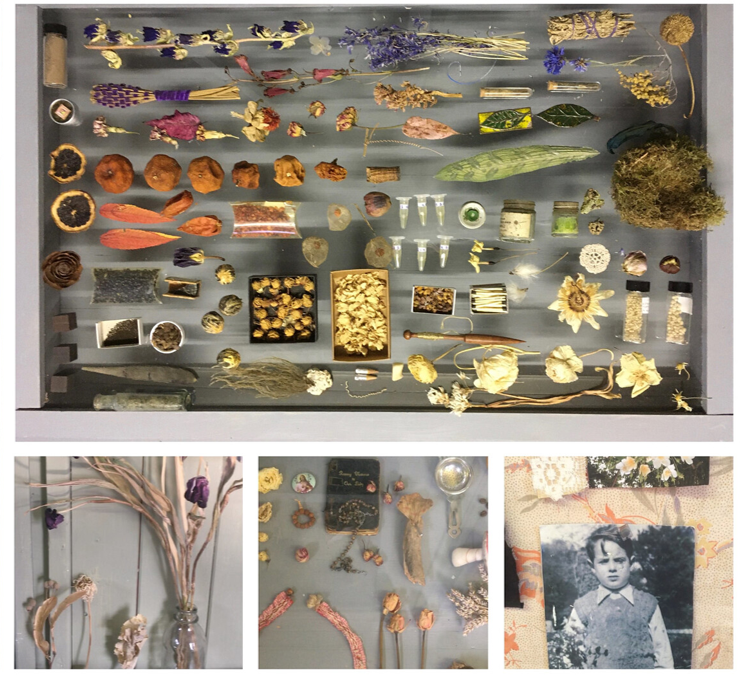
Plant memories: How people build lasting connections with plants
Plant Science Research WeeklyPeople often fail to recognize and appreciate the importance of plants, a phenomenon known as Plant Awareness Disparity (PAD), also known as plant blindness. This lack of awareness has a negative impact on botanical knowledge and skill acquisitions, consequently affecting biodiversity conservation efforts.…
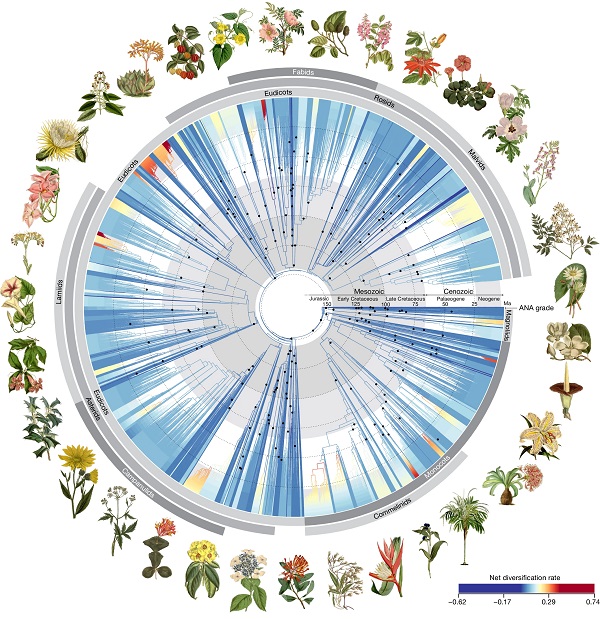
Phylogenomic insights into angiosperm evolution
Plant Science Research WeeklyLow-resolution data can provide broad strokes but miss the details that come from greater information density. When striving to understand the multimillion-year evolutionary history of the angiosperms, more data certainly helps. Here, by focusing on a subset of 353 genes, Zuntini and Carruthers et al.…

Significant floral diversity independent of pollinator change in 'Buzz-Bee' pollinated Melastomataceae
Plant Science Research WeeklyThe concept of pollination syndromes posits that floral diversity arises from shifts among pollinator groups, yet their predictive accuracy for pollinator identification is debated. Kopper et al. leveraged machine learning, utilizing 44 floral traits from 252 species with known pollinator interactions,…

The global distribution of plant diversity and its significance to humans
Plant Science Research WeeklyPlants shape ecosystems and sustain human life. Only a small portion of plant diversity is currently known to be in use, even though most plants may be useful to humans. Over time, certain species become widespread, but others are native to specific geographical regions. Thus, to manage plant resources…

Review: Genome evolution in plants and the origins of innovation
Plant Science Research WeeklyLand plants have enormous diversity; however we do not fully understand how this has arisen. In this review article James Clark discusses how genome dynamics and gene loss contribute to genome evolution and the generation of diversity and complexity. He explains how genome evolution is non-homogenous…
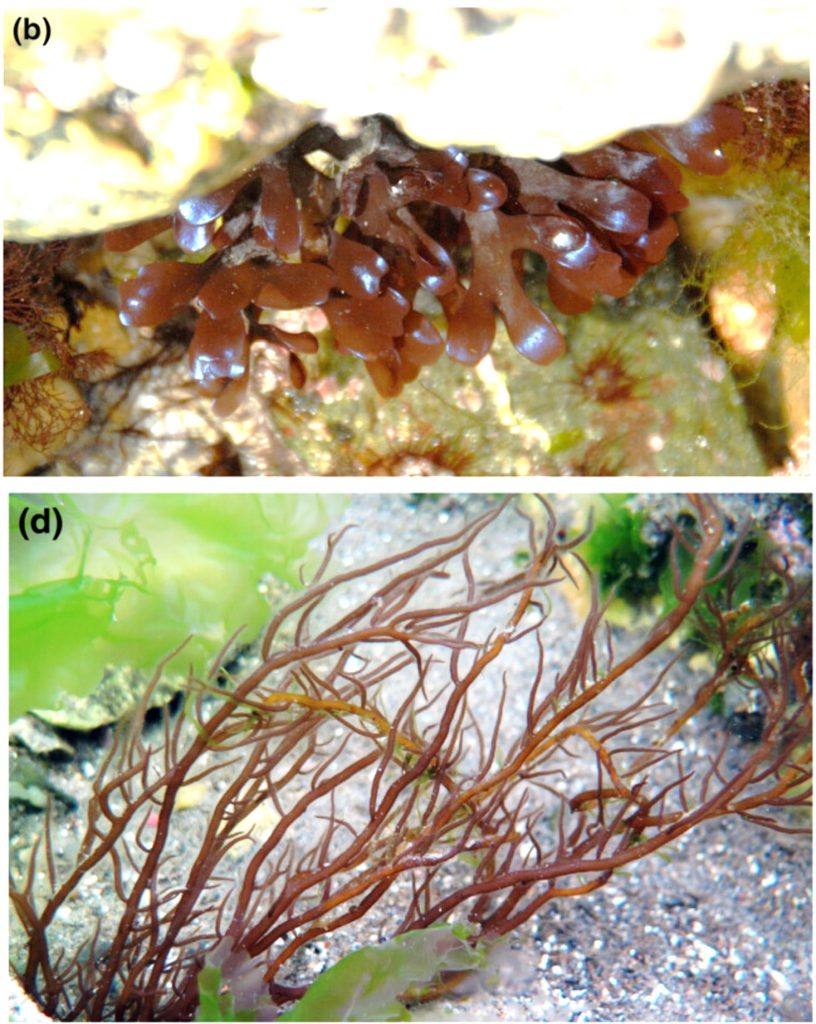
Review: Red macroalgae in the genomic era
Plant Science Research WeeklyI highly recommend this excellent and accessible article by Borg et al. that provides an overview of the red macroalgae, which “may have been the first eukaryotic lineage to have evolved complex multicellularity”. It’s full of fascinating information: although 97% of red algal species are marine,…
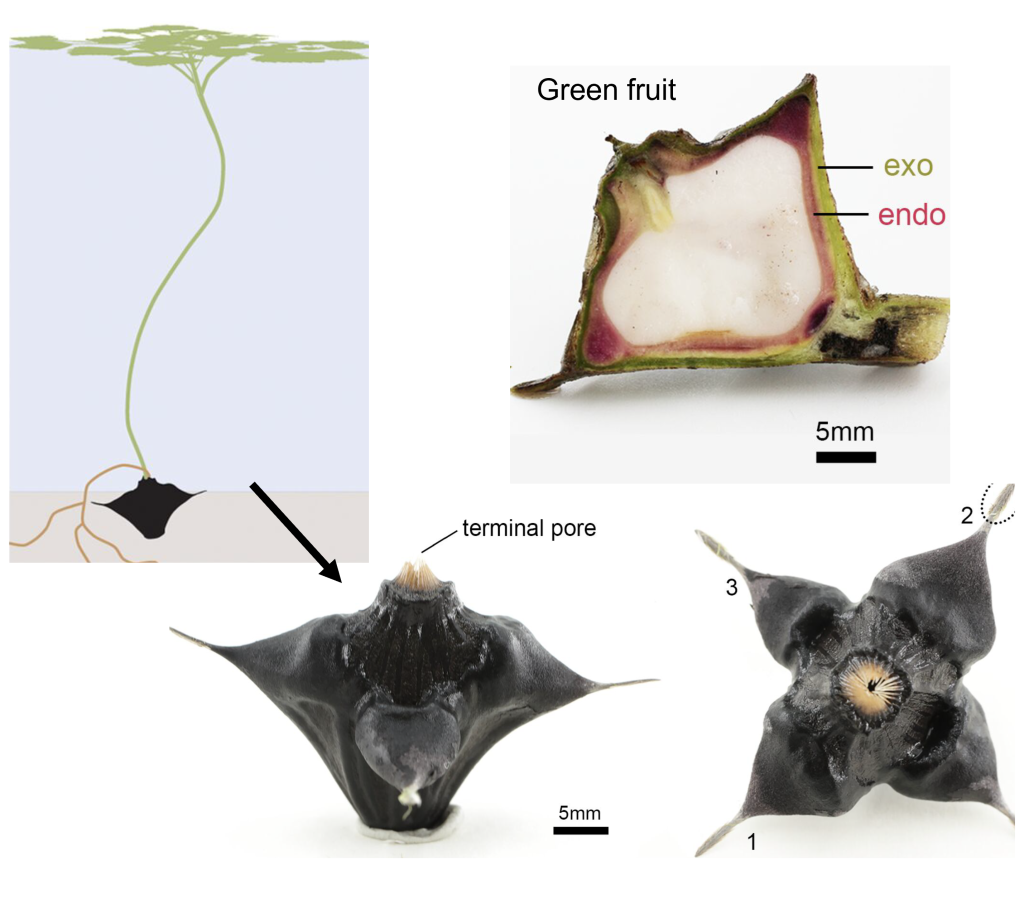
Hydrolyzable tannins are incorporated into the endocarp of water caltrop
Plant Science Research WeeklyTrapa natans, also known as water caltrop or bat nut, is an aquatic plant with large seeds encased by a hardened endocarp. Due to this durable endocarp, these seeds may remain dormant underwater for up to 12 years. Huss et al. studied the anatomical and biochemical factors responsible for the hardened…
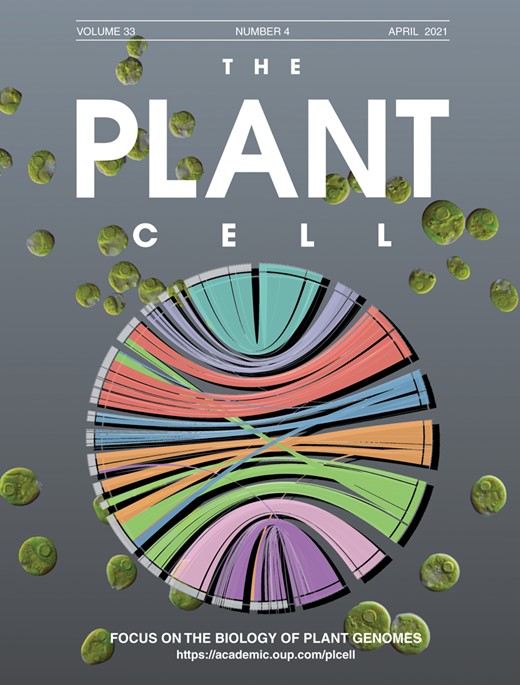
Focus Issue: Focus on the Biology of Plant Genomes (Plant Cell)
Plant Science Research WeeklyThe Plant Cell has published a Focus Issue on the Biology of Plant Genomes. This Focus Issue includes reviews and research articles that highlight some of the most important recent advances in plant genomics and foreshadow future discoveries. Although Arabidopsis is represented in this article collection…

